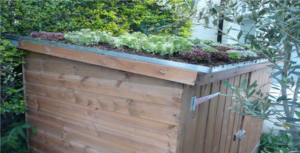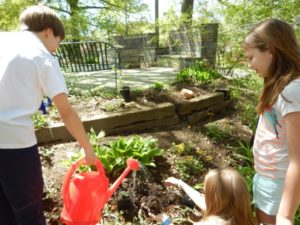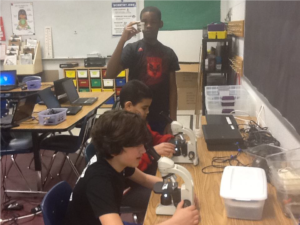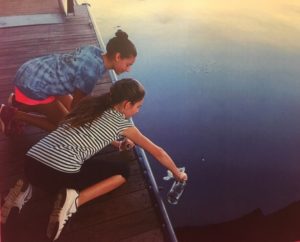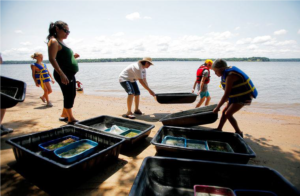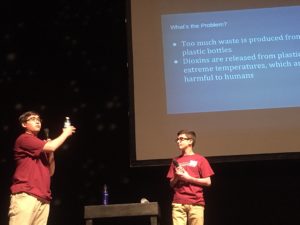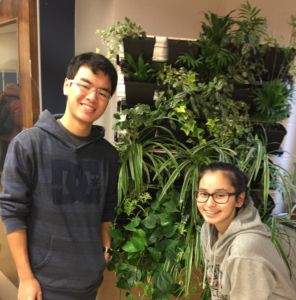2016, Fairfax, VA, USA
Students at Lanier Middle School uncovered a large amount of plastic bags waste in the Accotink Creek Watershed. They learned that plastic bags could kill plants and animals that call the watershed home. Realizing that encouraging recycling was not the answer, as often, recycled materials are repurposed but then eventually end up in a landfill, the students developed a canvas bag program that is part educational program, part conservation. Each Eco-sack comes with information about the health of the watershed and the impact of pollution on water quality.
The proceeds from the Eco-sack sales, which will be sold for $5.00- $8.00 per bag, will be used to purchase Dogwood trees on the Lanier campus to promote biodiversity and improve air quality. Through this solution, residents reduce the amount of waste they generate, learn about the watershed, and promote the environmental quality of their community. Approximately $450 in Nutrien funding will cover the cost of the 300 canvas bags.
